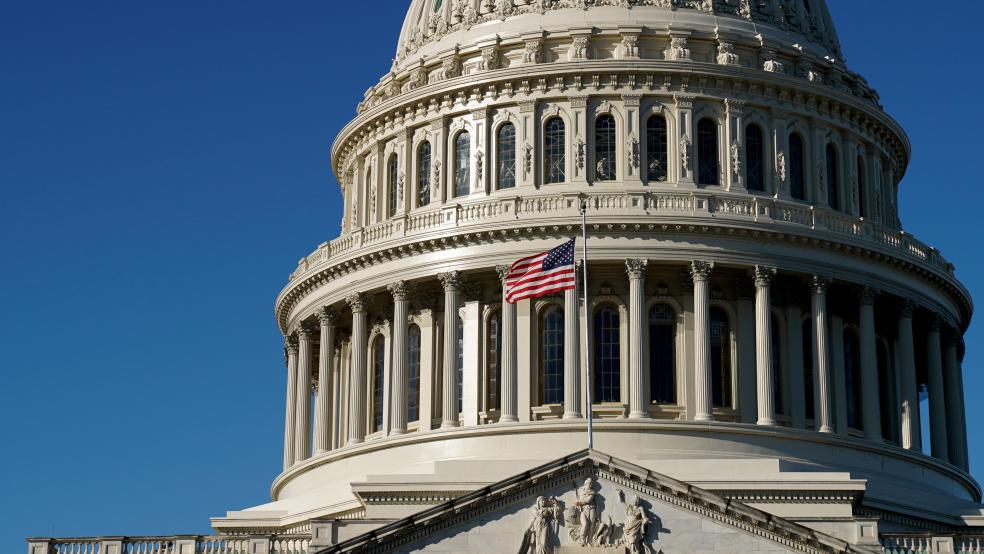The U.S Treasury on Monday began to accept applications from state and local governments for the use of $350 billion in federal aid, money that was made available as part of the $1.9 trillion American Rescue Plan law signed by President Joe Biden in March.
According to the guidelines for the program, the Treasury “will distribute funds to eligible state, territorial, metropolitan city, county, and Tribal governments.” States will receive about $195 billion of the funds, while counties will get $65 billion and cities will get $45 billion. Tribal governments, territories and non-entitlement units of local government (cities with fewer than 50,000 people and counties with fewer than 200,000) will divide the remaining $45 billion.
Stating that the funds must be used “to meet pandemic response needs and rebuild a strong, more equitable economy,” the guidelines appear to give states considerable leeway in how they use the money. Recipients can spend the money on public health; use it to replace lost revenues; provide “premium pay” to essential workers; invest in infrastructure; and, perhaps most broadly, use it to “address negative economic impacts caused by the public health emergency.”
There are some uses that are prohibited. States are forbidden from cutting taxes to offset the inflow of cash; depositing the money in pension funds; using it for debt service payments; socking it away in rainy day funds; or paying legal settlements.
Correcting a mistake: “Today is a milestone in our country’s recovery from the pandemic and its adjacent economic crisis,” Treasury Secretary Janet Yellen said in a statement Monday that provides a critical assessment of the federal response to the financial crisis in 2009.
“There are no benefits to enduring two historic economic crises in a 13-year span, except for one: We can improve our policymaking,” Yellen said. “During the Great Recession, when cities and states were facing similar revenue shortfalls, the federal government didn’t provide enough aid to close the gap. That was an error. Insufficient relief meant that cities had to slash spending, and that austerity undermined the broader recovery. With today’s announcement, we are charting a very different – and much faster – course back to prosperity.”
Tax revenues stronger than expected: State tax revenues held up much better than experts anticipated in the early days of the pandemic. California Governor Gavin Newsom announced Monday that his state expects to see a $75 billion surplus across two fiscal years, thanks in part to capital gains taxes provided by a surging stock market. Last year, the state projected a $54 billion deficit due to the pandemic. But now, with a record surplus, the governor plans to spend $12 billion on payments to families earning less than $75,000 per year.
The cash payments have drawn fire from critics of the state and local aid plan. Although the guidelines prohibit using federal money to give tax breaks, the payments in California are acceptable because the state can claim they are driven by economic growth, Politico’s Kevin Yamamura reports. But the payments don’t sit right with many Republicans, who opposed using federal money to boost state and local budgets, even before revenues came in stronger than expected.
"This is one more reason why borrowing and sending tens of billions to California was a crying shame — and why every Republican in Congress opposed it," Sen. Mitt Romney (R-UH) tweeted.




